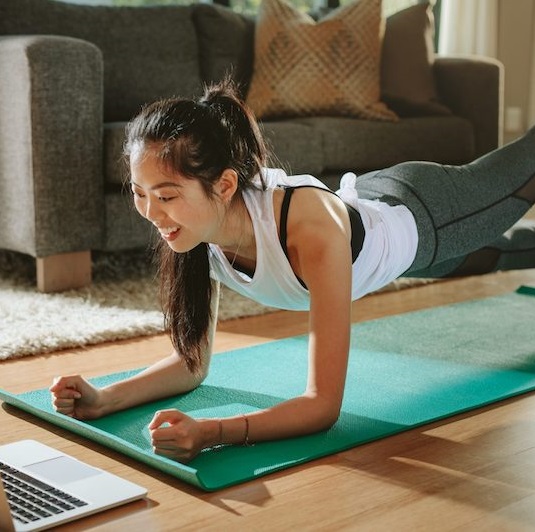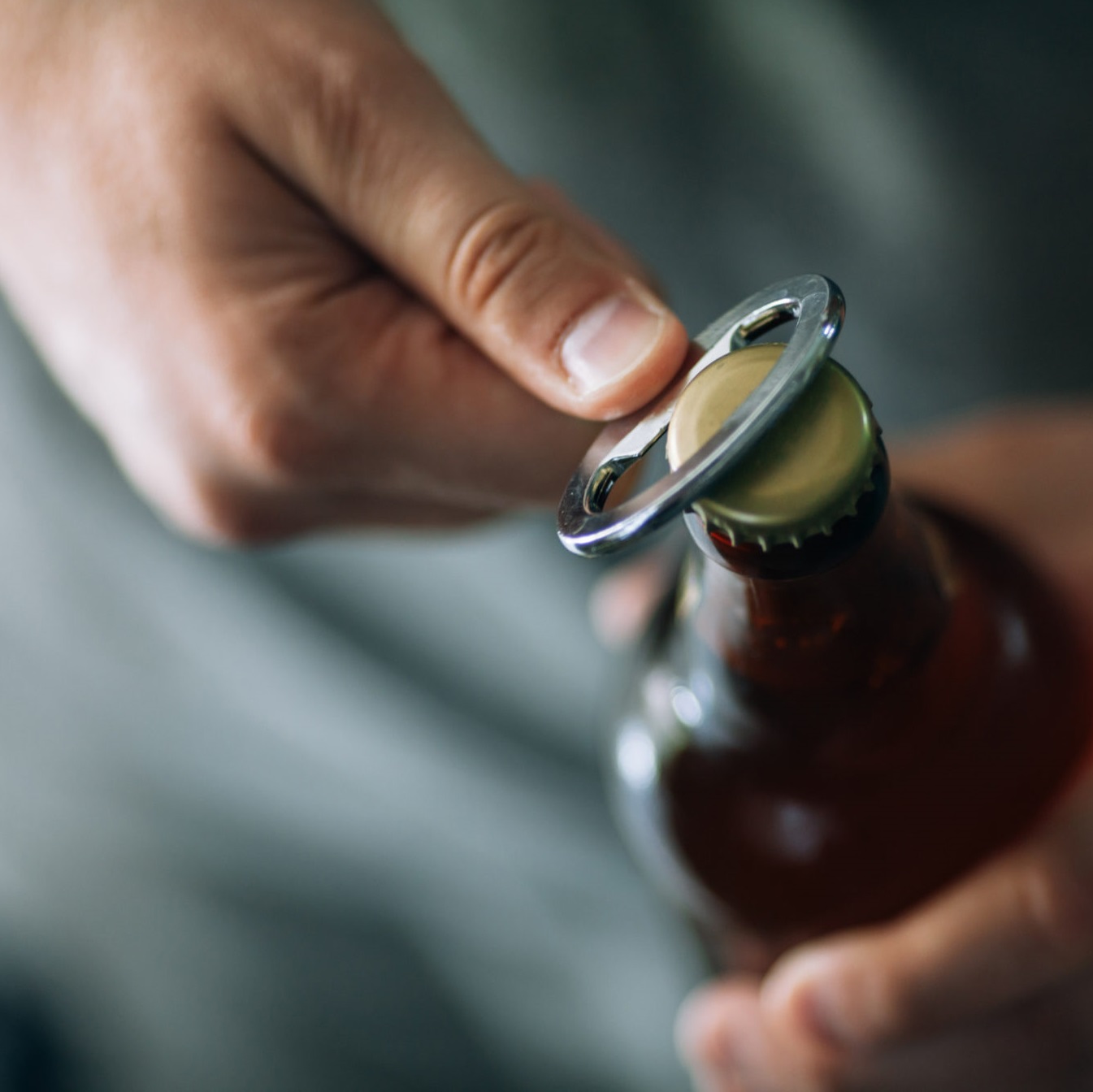How Light Therapy Lamps Actually Work

January 24, 2022
Bright light therapy—also known as phototherapy—is safely used to treat a number of illnesses, but the most common use is for a type of depression called seasonal affective disorder, or SAD.
People who have SAD experience symptoms of depression during certain times of the year, especially fall and winter when there are fewer daylight hours.
“Light therapy is not a cure, but it has been shown to help reduce symptoms that come with depression such as lack of energy, trouble sleeping, anxiety, as well as feelings of sadness, hopelessness and irritability,” says Eric C. Alcera, M.D., a behavioral health specialist at Hackensack Meridian Health.
How Sunlight Affects the Brain
People with SAD may want to sleep more and be less active. Scientists believe that it’s because of how sunlight affects the brain. “Light may stimulate the parts of the brain that control mood, appetite and sleep, which can contribute to how a person feels,” says Dr. Alcera. “When there is less sunlight, some people may not produce enough melatonin, a hormone in the brain that is involved with sleep, or serotonin, another hormone that manages mood, appetite and sleep.”
Researchers also suspect that a person’s circadian rhythm is thrown off when there is a lack of sunlight. “The brain has a biological clock known as circadian rhythm, typically a 24-hour period, that regulates the body’s functions,” says Dr. Alcera. “Therefore, during times of the year when there is less sunlight, some people get depressed.”
How Light Therapy Lamps Work
During light therapy, a person sits in front of a lamp and is exposed to very bright white light for a certain period of time. The light may be set to a lower lux level, which is how illuminance is measured, then the lux level gradually increases. Depending on the individual, treatment might last 20 minutes up to three hours, and a person might have light therapy once or more per day for consecutive days until symptoms improve. Your doctor can provide guidance on how long you should use light therapy.
It usually takes a few days for symptoms to improve, but it could take a couple of weeks. Once your symptoms improve, you can stop or reduce light therapy. “It’s important to keep track of how you are feeling and how long you use light therapy each day, and communicate with your doctor so that treatment can be adjusted as needed,” says Dr. Alcera.
If you experience any bothersome side effects such as headaches, eyestrain, nausea or agitation, adjust your treatment by spending less time exposed to light, and be sure to ask your doctor for advice.
Where to Get a Light Therapy Lamp
Anyone can buy a light therapy lamp or box online or at a home goods store. Medical device companies also sell them. They cost anywhere from $20–$500. Talk with your doctor about which light therapy device is right for you.
“If symptoms of depression, decreased energy and poor sleep persist despite using light therapy, reach out to your physician or a mental health expert to determine if additional interventions may be necessary," Dr. Alcera says.
Next Steps & Resources:
- Learn about behavioral health services at Hackensack Meridian Health
- Meet our source: Eric C. Alcera, M.D.
- To make an appointment with Dr. Alcera or a doctor near you, call 800-822-8905 or visit our website.
The material provided through HealthU is intended to be used as general information only and should not replace the advice of your physician. Always consult your physician for individual care.
Find a doctor near me
Why Routines are Important for Mental Health

Maintain good mental health with daily routines. Dr. Solhkhah shares simple routines to reduce stress and anxiety. Learn more and schedule an appointment today.
4 Things to Fend Off Seasonal Depression

If it feels like it’s harder to find joy in winter, you’re not alone. About 5 percent of American adults experience seasonal depression, also known as seasonal affective disorder (SAD).
Find a doctor near me

How Do I Know if I Have an Alcohol Use Disorder?
Concerned about alcohol use? Learn how to recognize alcohol use disorder from Dr. Juneja. Get support and treatment options now.

Can Wearables Help You Sleep Better?
Improve your sleep? Learn how wearables may help. Dr. Pristas shares insights. Get expert advice; call 800-822-8905.

Healthy Pandemic Trends That You Should Continue
Continue healthy pandemic habits like walking and home cooking. Dr. Gary Small offers advice on improving well-being. Learn more and schedule an appointment.

4 Reasons Athletes’ Mental Health Gets Overlooked
Athletes' mental health often gets overlooked. Learn why from Dr. Kristine Keane & get support for your athlete. Call 800-822-8905.
